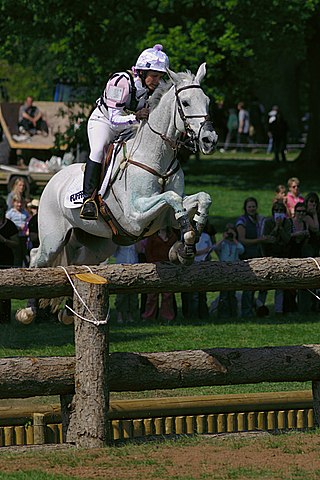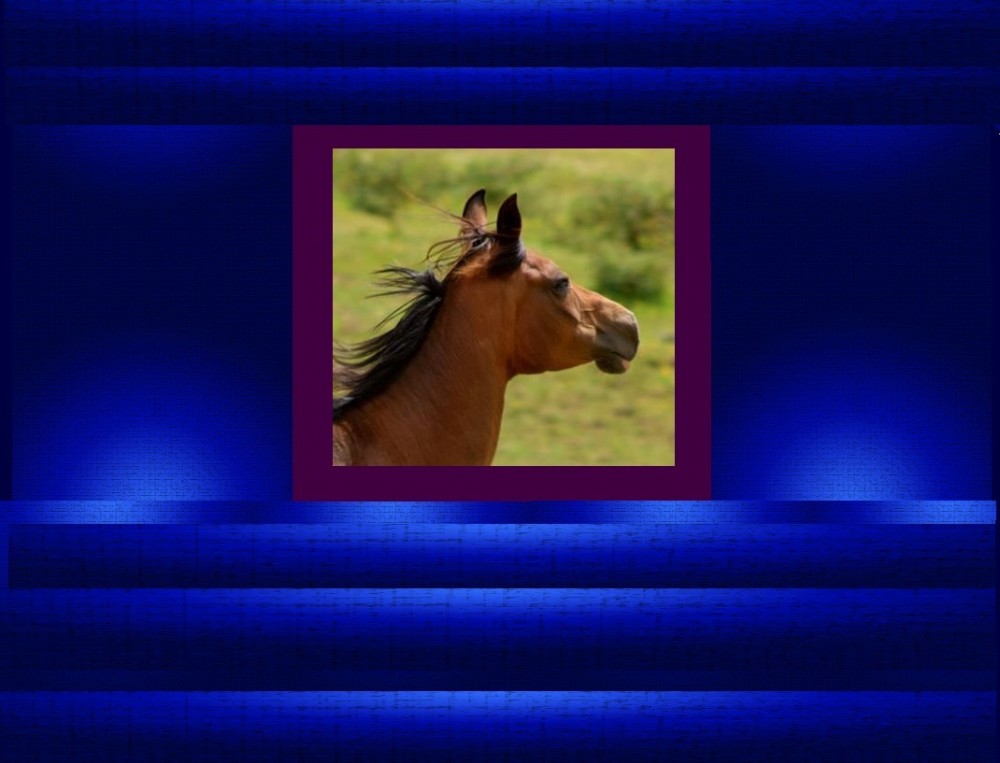Horses are incredible athletes. Their hearts can go from pumping 40 liters of blood per minute while at rest to pumping 300 liters per minute when doing extreme exercise. When exercising, the oxygen demands on a horse’s body can increase up to 40% from what it needs at rest.
Horses are also not machines. They are biological creatures, like ourselves. Although their capacity for exercise is great, their bodies adapt to conditioning like our own bodies do.
These statements might seem so obvious to many people that they would seem hardly worth mentioning. Yet I constantly see people who treat their horses more like machines and less like biological creatures similar to themselves.

Phar Lap: A horse with great “heart”
Let’s take your typical “couch to 5K” participant. Most of them begin by walking, then gradually work their way up to a little bit of jogging. At least several times a week they go out and work on getting more fit until they can finally reach their goal of running a 5k in 8 weeks or so.
But here’s how many horseback riders would train for a 5k, if they were to treat themselves the way they condition their horses.
The first day, they’d go out and walk a mile. The second day, they’d go out and walk and jog the entire 5k. Then, if the weather was nice, on the third day they’d walk and jog the 5k again. They might take the weekend off, but the next week they’d figure it was soon enough to sprint at least half of the 5k as long as they walked the other half.

If anyone put you on that exercise program you’d find it too physically demanding and quit. You’d have sore muscles if you were lucky, and pull a tendon if you weren’t. We understand for ourselves that we must get into shape gradually. Yet we feel that we are getting our horses into shape gradually when in reality we are leaping ahead in their conditioning and causing sore muscles and risking tendon strain and injury. I’ve been out with riders who will literally take a horse out of a small field they’ve stayed in for 6 months, saddle them up and ride them for 10 miles.

I heard of a dog that led a sedentary lifestyle that was brought out and taken for a long bike ride, after which he fell down and died of a heart attack. I’ve heard of horses that had been used for years with gradual conditioning programs, but when exercised hard without proper conditioning it was discovered they had heart or valve issues that were exacerbated by this treatment.
Endurance races between horses and humans are sometimes won by humans. So the next time you think of your horse as a super-machine that doesn’t need conditioning in the same way you do, think about the training it would require to beat your horse in a race of 50 miles.
Here is how long it takes the various body parts of a horse to get conditioned when first started or after a long period of being sedentary:
Heart and lungs (cardiovascular system) – 3 months
Muscles – 3-6 months
Tendons and ligaments – 6-12 months
Hooves – 7 months
Bones – 1-3 years

Here’s another precautionary tale: A woman bought a 7 year old horse that had been living in a stall for most of his life with very little turnout and was only ridden in an arena on occasion. She brought the horse to the beach, took him for a gallop, and he fractured his femur and had to be put down.
Certainly you can take a horse that has not had regular exercise for many years and get him to trot and canter for several miles and his heart and lungs will get in shape after a few rides. His muscles will stop being sore after each ride after a few weeks too. Of course, many riders don’t think too much about their horses’ muscles being sore even though they themselves complain about aching all over after a ride or after cleaning a few stalls. It is often a mystery to them why their horse feels sluggish on the second or third ride of the week…is he lame? Is he colicky?

But now, even though the horse is going out fine for you, and you’re tempted to gallop him for a half mile or so, his tendons and ligaments are only just beginning to get stronger and thicker in response to the regular exercise. And his bones haven’t even started adding calcium for strength and thickness so they can deal with the added pounding, twisting and turning they’re now experiencing.
Let’s just say that you, miraculously, are one of those horsemen or horsewomen who came through pony club, or who studied horse physiology, or who just thought it was logical that a horse needs a gradual conditioning program before going on an 8 mile mountain ride. You are far ahead of the game. Your horse is going to stay sound and not suffer from those mysterious leg swellings and funny gaits that show up in the night. Your horse isn’t going to step wrong or trip and somehow end up with a broken bone or torn tendon.
If you’re a true horseman, you might have even raised this horse yourself, the right way. A horse that has lived for years turned out and galloping around large pastures with his buddies has already done a lot of the work of strengthening his bones, hooves, tendons and ligaments all by himself. Instead of working him up slowly through the miles and miles of slow work, you can jump right into a two or three month program of gradually increasing his time and intensity at work and expect to have a fit horse at the end of that period.
Just think of how you’d get yourself in shape, and you can’t go wrong. You can just increase the distances and times a little bit considering that your horse is a cardiovascular powerhouse rather than a human with a less efficient system. If you’d start out walking a mile, start out walking your horse two. If you’d add some jogging and a little running here and there, your horse certainly can too. If you’d give yourself a month before trying anything really strenuous, then your horse definitely should be shown the same respect. And always think about muscle recovery after riding, and give your horse a day off after you’ve “upped the ante” a bit.
Most definitely do not jump from going for a 15 minute ride to going for a 2 hr ride with periods of fast work. Instead, do what you’d do to yourself: if you want to work on intensity, then make the workout shorter. If you want to go for longer, make it slower. And one last thing: If you get too busy to ride your horse very much for three weeks or a month, guess what? He’s out of shape again. It’s just the same as if you put in a lot of hard work and get yourself fit for the 5K, then take a month off. Now you have to put the work in again and get back in shape, gradually. Your horse won’t miraculously be able to start off by going for a two hour ride the way he did last month.
Treat your horse as the living, breathing, feeling creature that he is and you can’t go wrong. You’ll also notice that his attitude toward working will be better when he isn’t expecting that he’ll be asked to do more than he is in shape for.

